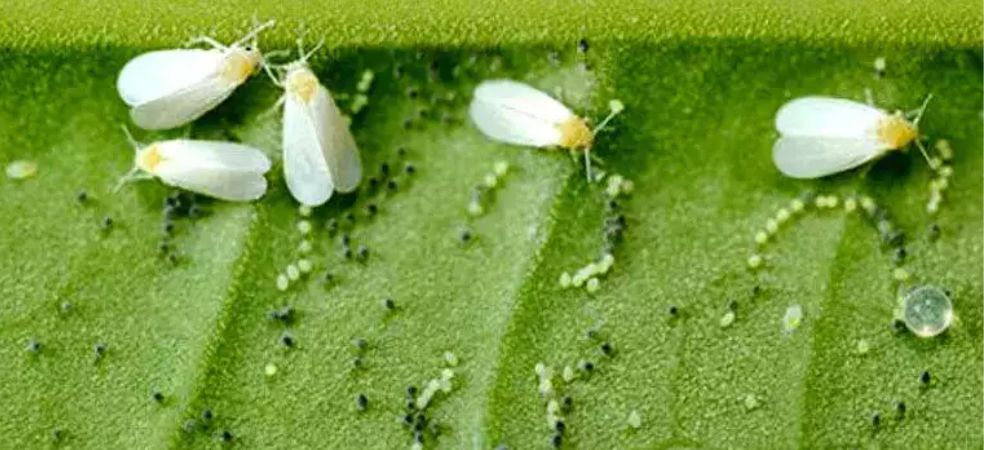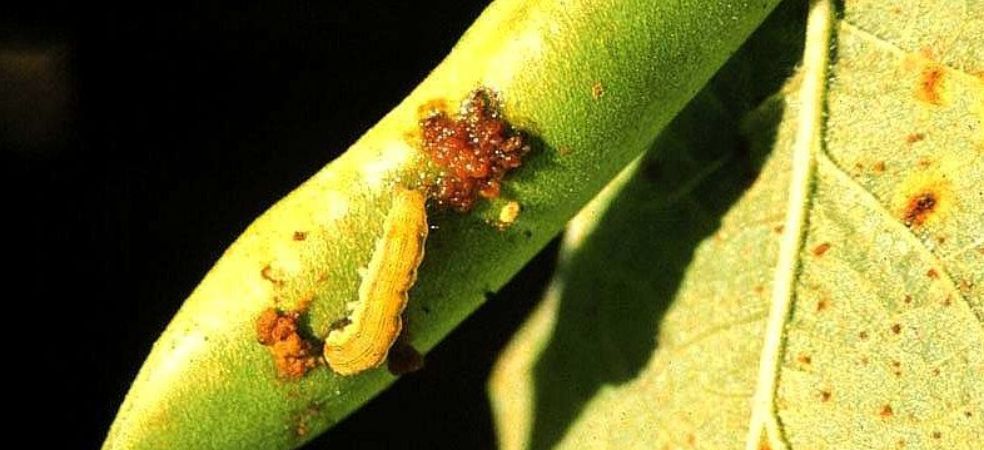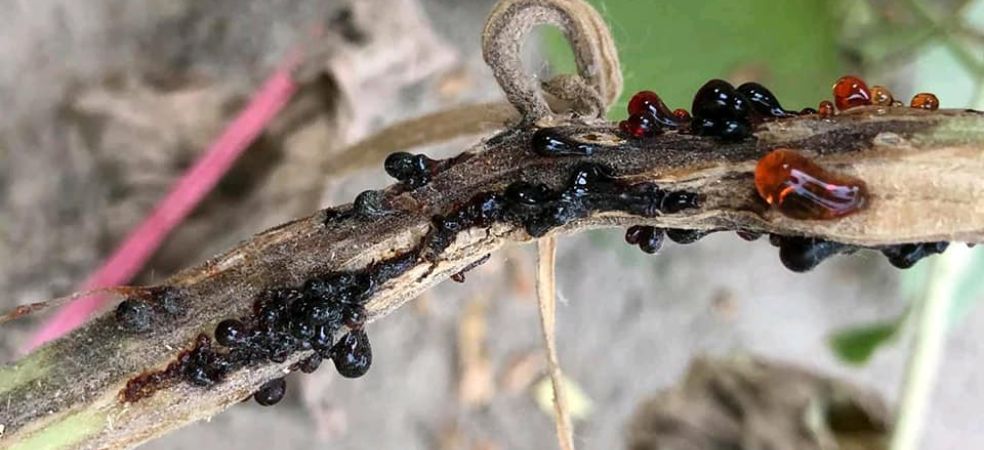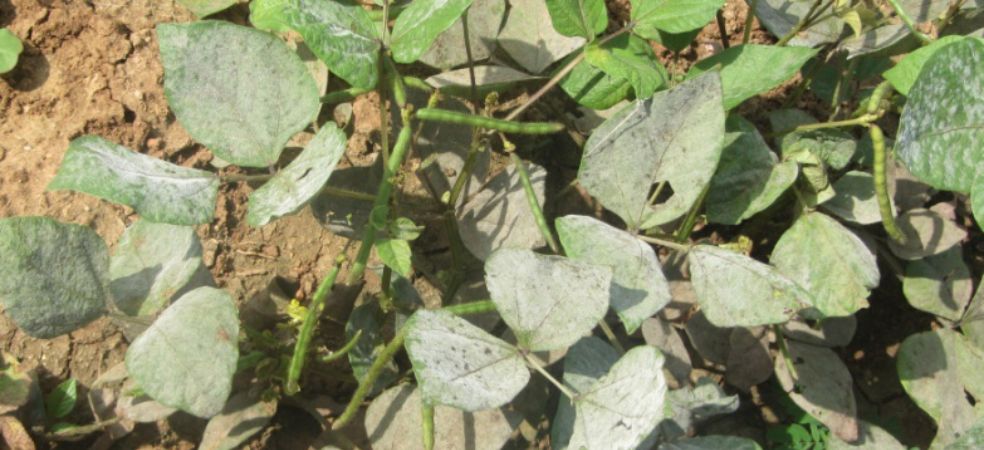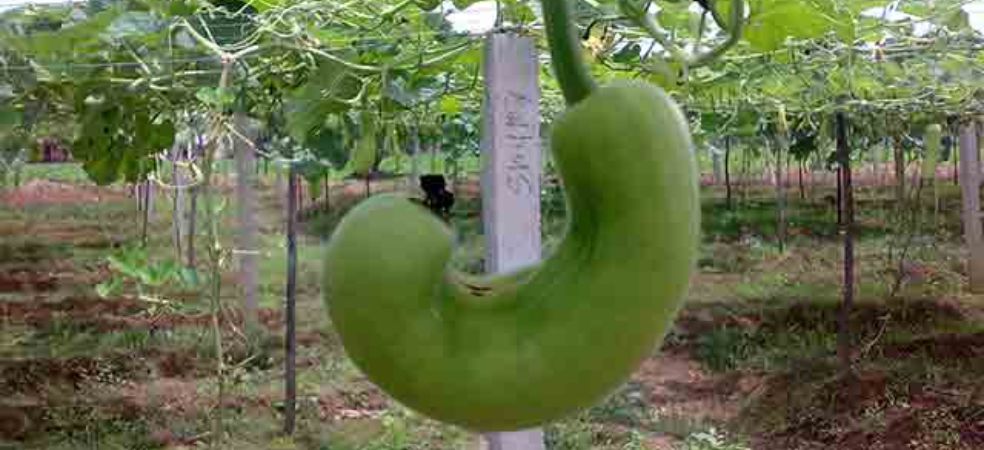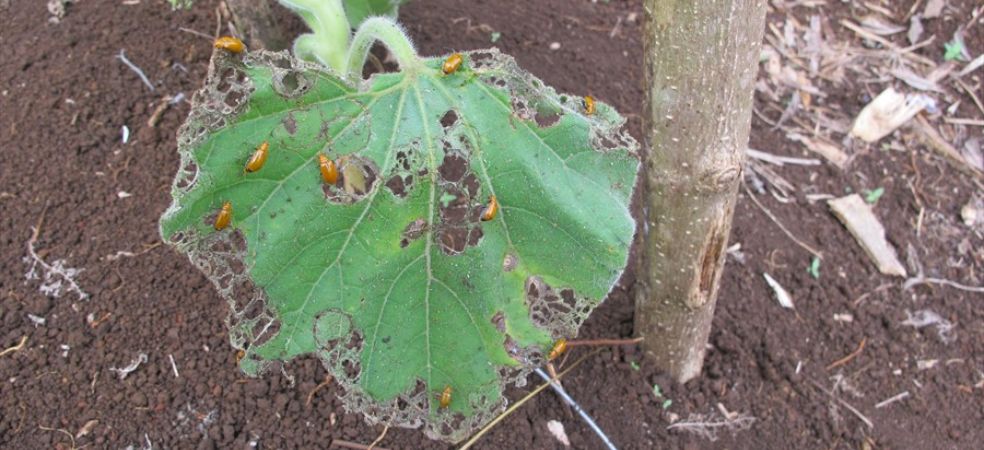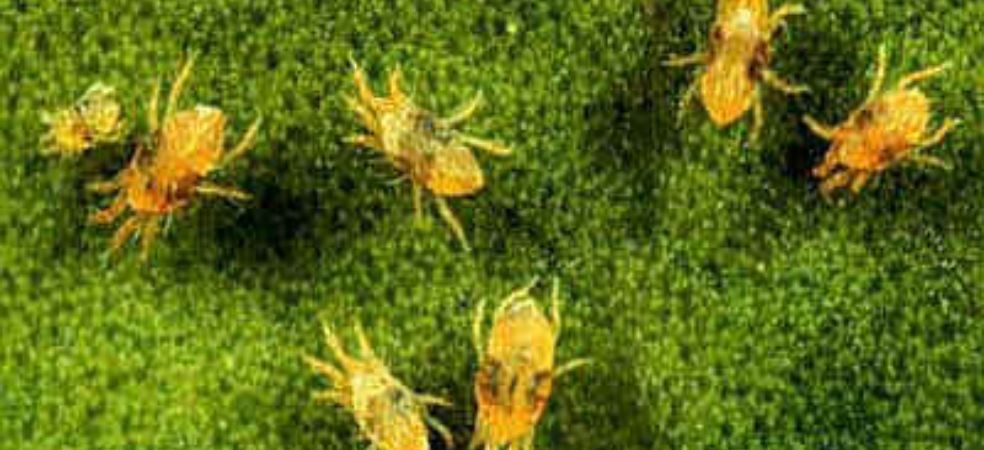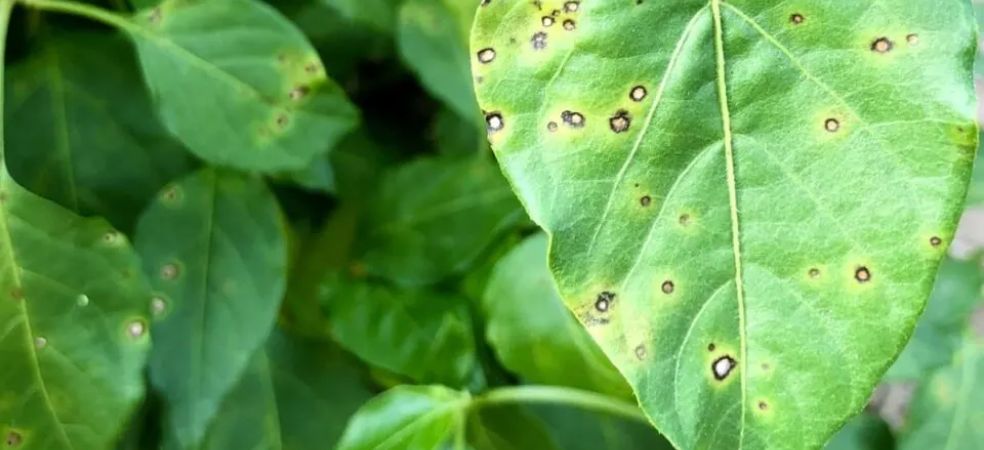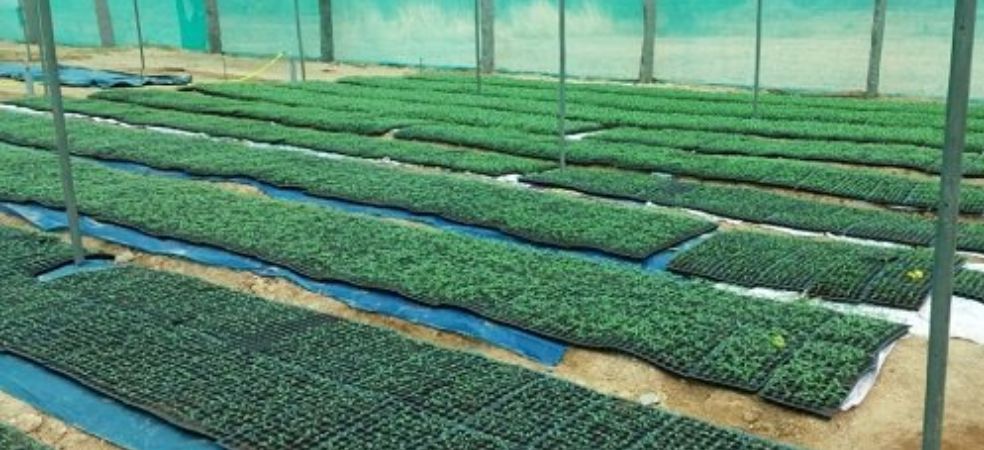This fly is white in colour, both its nymphs and adults suck the sap from the soft parts of the plant, which weakens the plant and it also works to spread viral diseases. Whiteflies leave a sticky substance on the part of the plant from where they suck the sap, due to which black mold appears there. Due to this the process of photosynthesis in the plant is disrupted. These insects stick to the lower surface of the leaves.
Control: To control it, apply Neemgold neem oil 1000 ml/acre or Bave Curb (Beauveria bassiana 5% WP) 500 gm/acre or ThiaNova (Thiamethoxam 25% WG) 80 gm/acre or Admire (Imidacloprid 70% WG) 30 gm/acre. Mix it in 200 litres of water and spray it.
ShareFor such important information related to the agriculture sector and farmers, do read Gramophone articles daily. If you liked today’s information then don’t forget to share.

